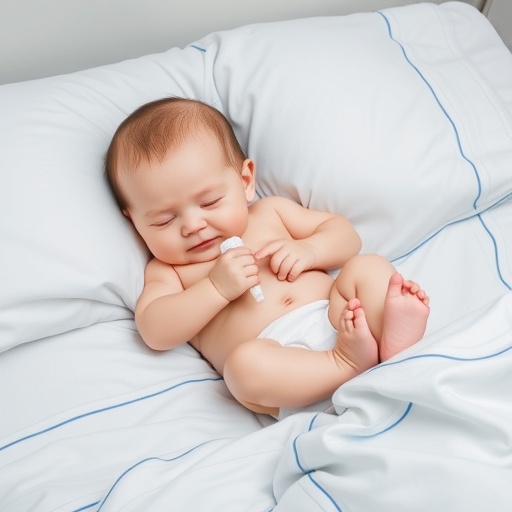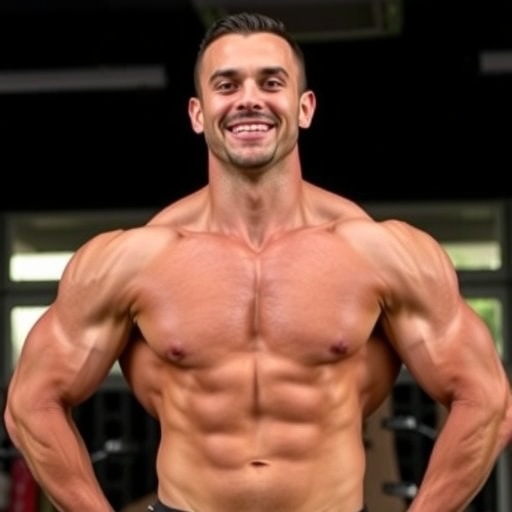An image of a Syrian refugee using virtual reality to help researchers design a shelter has been chosen as the winner in the 2019 national science photography competition organised by the Engineering and Physical Sciences Research Council (EPSRC) part of UK Research and Innovation.
The photograph was taken by Dr Dima Albadra, a research associate in the Department of Architecture and Civil Engineering at the University of Bath. It was taken at Azraq refugee camp in Jordan, where, as part of a participatory design workshop, refugees used virtual reality to give feedback and adapt suggested shelter typologies.
Dr Albadra said: “Participatory design is a two-way process allowing refugees to be part of the research team. It is credited with higher satisfaction in design outcomes and is an obvious way of encouraging socio-culturally sensitive solutions. This is usually difficult to achieve in a refugee camp context due to many practical and logistical issues. Over 160 refugees participated in our workshops, giving feedback on both design typologies and the participatory methods used, such as, physical models, architectural drawings and virtual reality.”
Dr Albadra took the photograph on October 30, 2018 using a Canon EOS 7D Mark II camera.
Competition judge, Dr Hayaatun Sillem, CEO of the Royal Academy of Engineering, said: “The striking photographs in this year’s competition reflect the real breadth and ingenuity of engineering research supported by the EPSRC.
“Many of the projects captured in these images will go on to transform our world for the better, improve people’s lives and the economy. It is fantastic to see such creativity, both in the images and the research projects, captured in the winners’ work.”
Fellow judge, Professor Sarah Sharples, EPSRC Board member and Pro Vice Chancellor for Equality, Diversity and Inclusion at the University of Nottingham said: “Judging was not easy, there were some really arresting images that prompted a need to know more. They really demonstrate the breadth of the EPSRC portfolio of research and how it touches people’s lives.”
The competition attracted 169 entries which were drawn from researchers in receipt of EPSRC funding, which were grouped into five categories. Dr Albadra’s entry topped the People and Skills section and was selected as the overall winner. The winners in the other categories were:
- Innovation – Wonderland balls in small world by Dr Qin Hu, University of Nottingham. The photograph showed an 800 times magnified image of polymeric micro-sized balls fabricated by two-photon lithography-based 3D printing technology.
The diameter of each ball is roughly less than half of the diameter of a human hair. - Weird and Wonderful – Fatberg crystals by Natalia Jawiarczyk, Cranfield University. With ‘fatbergs’ making unwelcome news headlines, Natalia took an arresting image showing the effect of fat, oil and grease deposits separated using organic solvent.
- Eureka and Discovery – The mysterious and colourful second crystal by Finlay Walton, University of Glasgow. A polarisation microscope was used to capture the moment a new crystal form was discovered, alongside a known crystal.
- Equipment and Facilities – Citizen science abroad by Peter Pedersen, University of Cambridge. The Cambike Sensor was a device developed to measure the air pollution experienced by cyclists every day in Cambridge. The photograph showed the device being held by a team member in the Alps.
The first, second and third prize winning images with descriptions are all available to download from the EPSRC website.
The judges were:
Sarah Sharples – EPSRC Board member and Associate Pro Vice Chancellor for Equality, Diversity and Inclusion at the University of Nottingham.
Hayaatun Sillem – CEO of the Royal Academy of Engineering
Kedar Pandya – Associate Director, Business Engagement at the EPSRC
Martin Keene – Group Picture Editor, Press Association
###
Notes for Editors:
For further information contact the EPSRC Press Office on 01793 444404 or email [email protected]
The Engineering and Physical Sciences Research Council (EPSRC) is part of UK Research and Innovation, a non-departmental public body funded by a grant-in-aid from the UK government.
EPSRC is the main funding body for engineering and physical sciences research in the UK. By investing in research and postgraduate training, we are building the knowledge and skills base needed to address the scientific and technological challenges facing the nation.
Our portfolio covers a vast range of fields from healthcare technologies to structural engineering, manufacturing to mathematics, advanced materials to chemistry. The research we fund has impact across all sectors. It provides a platform for future UK prosperity by contributing to a healthy, connected, resilient, productive nation.
Media Contact
EPSRC Press Office
[email protected]
https:/




